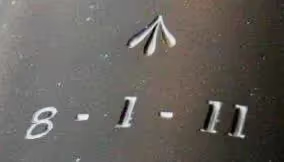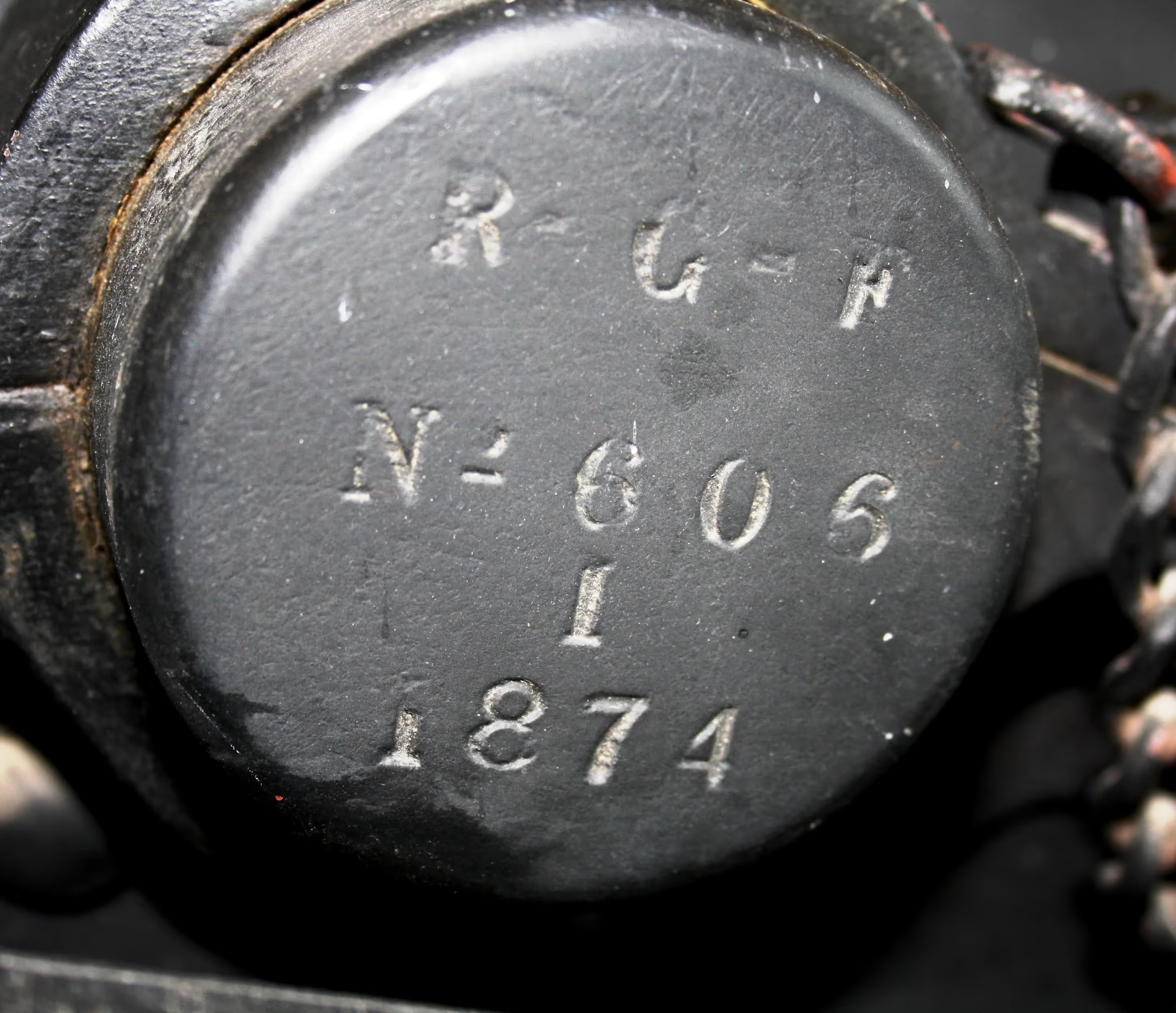Artillery in Canada (4) Manitoba: Brandon and Carman
Artillery preserved in Manitoba,
Brandon and Carman
The aim of this website is to locate, identify and document every historical piece of artillery preserved in Canada. Many contributors have assisted in the hunt for these guns to provide and update the data found on these web pages. Photos are by the author unless otherwise credited. Any errors found here are by the author, and any additions, corrections or amendments to this list of Guns and Artillery in Canada would be most welcome and may be e-mailed to the author at [email protected].
For all official data concerning the Royal Regiment of Canadian Artillery, please click on the link to their website:
Royal Regiment of Canadian Artillery Website
Note: Back in the day, artillery in Canada was referred to by its radio call sign "Sheldrake". It is now referred to by its "Golf" call sign. (Acorn sends)
Brandon, 26th Field Artillery Regiment, RCA
The 26th Field Artillery Regiment, Royal Canadian Artillery is a Primary Reserve Royal Canadian Artillery (RCA) regiment based in Brandon, Manitoba and Portage la Prairie, Manitoba. 71 Field Battery, Headquarters and Service Battery, and Regimental Headquarters are in Brandon and the 13th Field Battery is in Portage la Prairie. 1116 Victoria Avenue.




(26th Field Artillery Museum Photos)

(Ted Krasicki Photo)
9-pounder 8-cwt Muzzleloading Rifle, weight 8-1-11 (935 lbs), (Reg. No. 606 I 1874) on the right trunnion, carriage Reg. No. 40, RGF 1874, Issued to the Welland Field Battery in Ontario in 1893.
German First World War 7.92-mm MG 08 Machine Gun, (Serial No. 7825), Spandau 1917, originally alloted to Dauphin, Manitoba, moved to the 26th Field Artillery Museum.



(Ted Krasicki Photos)
German First World War 10.5-cm Feldhaubitze 98/09 (10.5-cm FH 98/09), (Serial Nr. 4864), captured by the 10th Battalion, 1st Canadian Division of the Canadian Expeditionary Force (CEF), on 2 September 1918, SN.W. of Villers-lez-Cagnicourt, France. This gun was then used by the 10th Bn against the enemy with open sights under Major Bingham. This gun was moved from Birnie, Manitoba, to the 26th Field Artillery Museum.
The 10.5-cm Feldhaubitze 98/09 (10.5 cm FH 98/09), a short barreled (1625-mm) 105-mm howitzer, also referred to as the 10.5-cm leichte Feldhaubitze (light field howitzer) 98/09, was used by Germany in the First World War and after. It had a maximum range of 6,300 metres (20,700 ft). It was originally built by Rheinmetall as the 10.5-cm Feldhaubitze 98, an old-fashioned, fixed-recoil weapon delivered to the German army in 1898; between 1902 and 1904, it was redesigned, by Krupp, with a new recoil mechanism and a new carriage. However, it wasn't accepted for service until 1909, hence the ending designation 98/09. Existing weapons were rebuilt to the new standard. As usual, two seats were attached to the gun shield. There were 1,260 in service at the beginning of the First World War.

(Clive Prothero-Brooks Photo)
155-mm M109 Self-propelled Howitzer, (CFR 85-77229), 1968, standing alongside the armoury.
Carman



(Photos courtesy of Cheryl Young)
German First World War 7.7-cm Feldkanone 16 (7.7-cm FK 16), (Serial Nr. 10726), captured by the 10th Battalion (Canadians), 1st Canadian Division of the Canadian Expeditionary Force (CEF), on 2 September 1918 near Villers-lez-Cagnicourt, France. The gun was then put into action against the enemy. No. 1 on the West side of the Great War Memorial Hall.


(Photos courtesy of Cheryl Young)
German First World War 7.7-cm Feldkanone 16 (7.7-cm FK 16), (Serial Nr. 15207), captured by the 13th Battalion (Royal Highlanders of Canada), 3rd Infantry Brigade, 1st Canadian Division of the Canadian Expeditionary Force (CEF), at Cagnicourt Wood, France, 2 September 1918. No. 2 on the East side of the Great War Memorial Hall.
The 7.7 cm Feldkanone 16 (7.7 cm FK 16) was a German field gun with a longer range than the FK 96 n.A. The barrel is longer and the gun has a box carriage to allow for greater elevation, which increased the range. It also has separate-loading ammunition to reduce powder consumption and barrel wear at short ranges, although this had the drawback of reducing the rate of fire compared to the older gun. It was prematurely rushed into production in 1916 and early guns suffered from a number of defects, mainly stemming from the German use of substitute materials to reduce consumption of strategic metals. It also suffered from a large number of premature detonations of its shells during 1916.
Churchill, Prince of Wales Fort, National Historic Site of Canada, is listed on a separate page on this web site.





